Because I won’t be traveling anytime soon, I decided to take a look at medicinal plants around my home in Upstate New York. One of these plants is the balsam fir tree. It has a long history of medicinal use with Native Americans and dozens of health benefits. It also has the benefit of actually smelling nice too.
Recommended: Healing Solutions Organic Balsam Fir Bark Oil
The bark of balsam tree contains the huge amounts of healthy compounds. Use this oil externally, internally or for aromatherapy.
What is Balsam Fir?
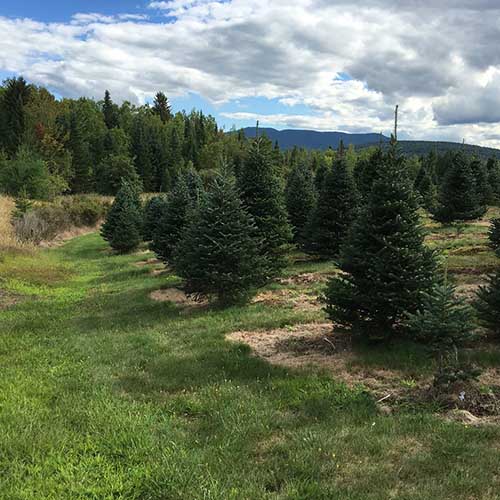
Balsam fir is an evergreen tree from the Pinaceae (pine) family. It’s mostly found in the Quebec and New Brunswick regions of Canada but you can also find balsam fir growing in the northern parts of New England in the USA.
Native Americans used balsam fir bark, sap and needles medicinally. During the Civil War, soldiers used balsam fir for treating wounds in the field. Unfortunately, today the balsam fir tree is mostly used for lumbar instead of medicine. (1)
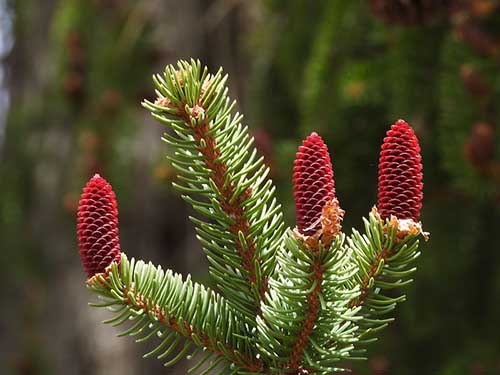
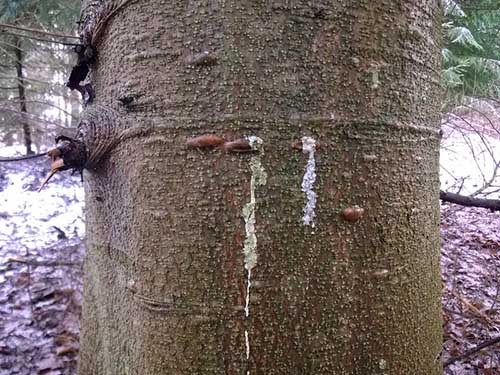
What is balsam fir used for?
In addition to its medicinal uses, balsam fir is commonly used for Christmas trees. The needles are often used to give the “holiday” fragrance to candles. Balsam fir is sometimes also used as the pine scent in cleaning products. The wood is used for lumbar and pulp. One strange use for balsam fir sap is to mount microscopic specimens. Finally, moose often eat balsam fir in winter. (2, 3, 4)
Other Names for Balsam Fir
- Abies balsamea(Latin)
- Canada balsam
- Eastern fir
- Bracted balsam fir
- Blister fir
Chemical Compounds in Balsam Fir
The main natural chemicals in balsam fir which are responsible for its health benefits are:
Health Benefits of Balsam Fir
Skin
Balsam fir is good for skin health in many ways. It contains alpha-pinene, an oil which is a natural antiseptic and anti-inflammatory. In this way, balsam fir oil can prevent acne, reduce redness in pimples. The natural oils of balsam fir also help reduce oil production in skin, making it a good cleanser for oily skin. Further, the compound sesquiterpene in balsam fir helps repair cells. (7, 8)
Antibacterial, Antiviral and Antifungal
Various studies tested compounds in balsam fir and found they inhibited fungi, bacteria and viruses. This means that balsam fir could have many benefits for fighting sicknesses like the common cold (which is one of the traditional Native American uses for balsam fir), E. coli and Staphylococcus aureus. The antibacterial properties also make it good for treating skin infections. (9, 10, 11, 12)
Inflammation
The compound pinene in balsam fir is a well-known anti-inflammatory agent. Other plants also contain pinene but, in one study published in the Journal of Natural Products, researchers found that the pinene in balsam fir had the most potent anti-inflammatory effect. Other compounds in balsam fir, such as limonene, is also anti-inflammatory.
Because of its anti-inflammatory effects, balsam fir could be used to treat many inflammatory diseases such as psoriasis, SIBO, IBS, and arthritis. (13, 14)
Ulcers
One interesting benefit of balsam fir is in treating stomach ulcers. The first way that balsam fir helps ulcers is by fighting the h. pylori bacteria which is the root cause of many ulcers. Balsam fir also helps increase gastric mucus which protects the stomach. (15)
Antioxidant
Many types of pine trees are rich in antioxidants, including balsam fir. These antioxidants are very powerful at scavenging free radicals. Because of this, balsam fir extracts are being studied as a potential cancer treatment; this study published in the Journal of the American Chemical Society found that the tree compounds “exhibited significant cytotoxic activity against cancer cell lines.” (16, 17, 18)
Other Benefits
In addition to the above health benefits of balsam fir, there is some evidence that the tree might help:
How to Use Balsam Fir
All parts of the balsam fir tree are used, including: needles, bark, roots, twigs and sap. Each part of the tree is used a bit differently.
Bark, Twigs, and Roots
The bark and woody parts of balsam fir have the most health benefits. To treat respiratory infections and colds, Native Americans would smoke the root or bark and inhale the fumes. Today, you can buy balsam fir incenses to use in the same way. You can also take decoctions or infusions from the plant to take internally or apply externally.
Sap
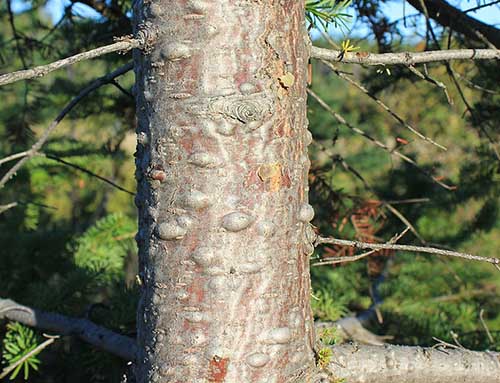
Balsam fir is sometimes called blister fir because it has forms blister-like nodes on its bark. The blisters are filled with sap (aka pitch). The sap is meant to protect the balsam fir tree from damage and is very rich in antioxidants and other healthy compounds.
If you pierce one of these blisters, the sap will flow out without harming the tree. The sap can then be put directly onto wounds or used in a poultice. I’ve also heard of people mixing balsam fir sap with hot water to make a tea. The tea works well for coughs and sore throats.
Unfortunately, it’s hard to find balsam fir tree sap sold anywhere. If you want it, you’ll likely have to harvest it yourself.
Needles
Balsam tree needles are typically steam distilled to extract their healthy oils. Most basalm tree oils for sale are made this way. The oil can be diluted with water and applied directly to the skin, such as to treat acne or help with wound healing. The balsam tree needle oil can also be taken internally.
Note that essential oils from balsam tree needles smells and tastes much different than oils made from the bark. It has a distinct “Christmas” aroma that many people like and even sometimes use in crafts. You’ll also find the needle oil in some soaps because of its smell and natural antibacterial properties.
Best Brands of Balsam Fir Oil
Organic Healing Solutions Balsam Fir Bark Oil

Balsam Fir Bark Incense
Made in Maine, balsam fir bark incense can be inhaled to help with breathing ailments. This incense is sustainably sourced and has no chemical additives.
NOW Solutions Balsam Fir Oil
NOW brand makes high-quality essential oils. Their balsam fir essential oil is vegan, responsibly-sourced and 100% pure. It’s made from steamed distilled needles and has a really nice scent.
Plant Therapy Balsam Fir Essential Oil
Here’s another great brand of balsam fir oil. It’s made from steam-distilled needles and is an affordable option.

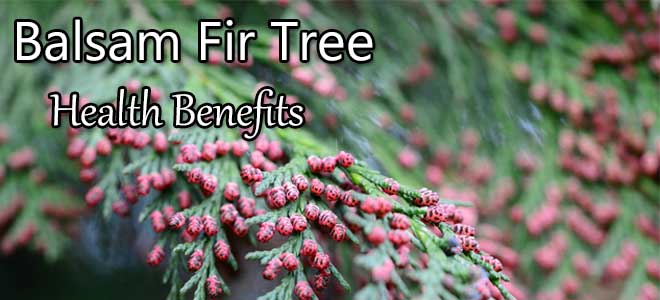




Wow.. great article! thank you.